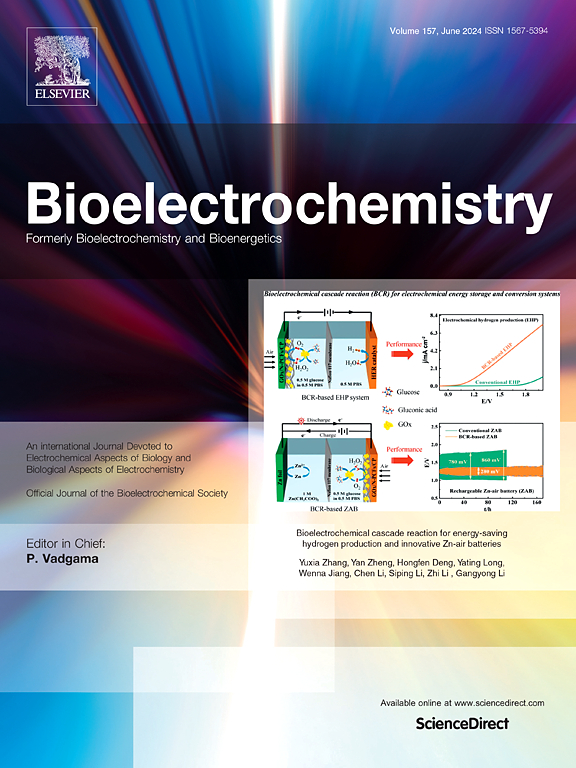Effects of gender-affirming hormones on diurnal cortisol concentrations: A prospective study
IF 3.6
2区 医学
Q1 NEUROSCIENCES
引用次数: 0
Abstract
The diurnal rhythm of the hypothalamic-pituitary-adrenal (HPA) axis is essential for physical and mental health. There are sex differences in this diurnal rhythm, including steeper diurnal cortisol slopes in females compared to males, and sex hormones likely contribute to this difference. While previous studies found changes in HPA axis responsivity and serum cortisol in transgender people starting gender-affirming hormone therapy (GAHT), no study examined the effect of GAHT on diurnal salivary cortisol. This study examined sex differences in diurnal cortisol and changes in diurnal cortisol after three months of GAHT.
We analyzed salivary cortisol levels in eleven transmasculine (TM) and seven transfeminine (TF) participants before GAHT and after three months of GAHT. Participants collected saliva samples at 30 min, 5.5 h and 10.5 h after awakening, and at bedtime. Absolute cortisol levels and diurnal cortisol slopes were compared between the groups at baseline, and in each group between baseline and three months of GAHT.
Before starting GAHT, the TM group showed a steeper diurnal cortisol slope compared to the TF group. Neither the TM group nor the TF group showed any significant changes in cortisol levels or slopes after GAHT.
We replicate previously reported sex differences in diurnal cortisol levels at baseline, but we find no significant changes in diurnal salivary cortisol after participants start GAHT. This could be associated with homeostatic adaptation of the HPA axis and cortisol-binding globulin concentrations. Future studies should focus on the role of bound and unbound cortisol and stress-related cortisol changes.

性别确认激素对皮质醇日浓度的影响:一项前瞻性研究
下丘脑-垂体-肾上腺(HPA)轴的昼夜节律对身心健康至关重要。这种昼夜节律存在性别差异,包括与男性相比,女性的皮质醇昼夜斜率更陡,性激素可能导致这种差异。虽然以前的研究发现,在变性人开始性别确认激素治疗(GAHT)后,HPA轴反应性和血清皮质醇发生了变化,但没有研究检查GAHT对日唾液皮质醇的影响。本研究考察了GAHT治疗三个月后皮质醇的昼夜变化和性别差异。我们分析了11名跨男性(TM)和7名跨女性(TF)参与者在GAHT治疗前和GAHT治疗三个月后的唾液皮质醇水平。参与者在醒来后30分钟、5.5小时和10.5小时以及就寝时采集唾液样本。在基线时比较各组之间的绝对皮质醇水平和每日皮质醇斜率,并在基线和GAHT三个月之间比较各组。在开始GAHT之前,与TF组相比,TM组显示出更陡峭的皮质醇日斜率。TM组和TF组在GAHT后皮质醇水平或斜率均未出现显著变化。我们重复了先前报道的基线日皮质醇水平的性别差异,但我们发现在参与者开始GAHT后,日唾液皮质醇没有显著变化。这可能与HPA轴的稳态适应和皮质醇结合的球蛋白浓度有关。未来的研究应关注结合和非结合皮质醇以及应激相关皮质醇变化的作用。
本文章由计算机程序翻译,如有差异,请以英文原文为准。
求助全文
约1分钟内获得全文
求助全文
来源期刊

Neurobiology of Stress
Biochemistry, Genetics and Molecular Biology-Biochemistry
CiteScore
9.40
自引率
4.00%
发文量
74
审稿时长
48 days
期刊介绍:
Neurobiology of Stress is a multidisciplinary journal for the publication of original research and review articles on basic, translational and clinical research into stress and related disorders. It will focus on the impact of stress on the brain from cellular to behavioral functions and stress-related neuropsychiatric disorders (such as depression, trauma and anxiety). The translation of basic research findings into real-world applications will be a key aim of the journal.
Basic, translational and clinical research on the following topics as they relate to stress will be covered:
Molecular substrates and cell signaling,
Genetics and epigenetics,
Stress circuitry,
Structural and physiological plasticity,
Developmental Aspects,
Laboratory models of stress,
Neuroinflammation and pathology,
Memory and Cognition,
Motivational Processes,
Fear and Anxiety,
Stress-related neuropsychiatric disorders (including depression, PTSD, substance abuse),
Neuropsychopharmacology.
 求助内容:
求助内容: 应助结果提醒方式:
应助结果提醒方式:


